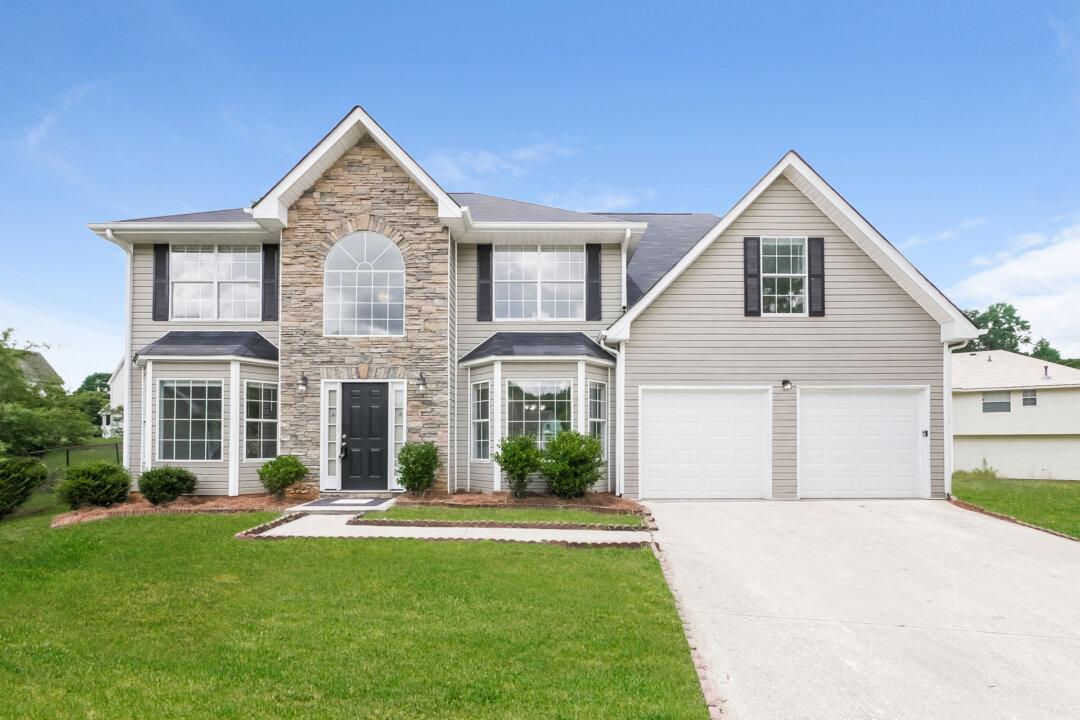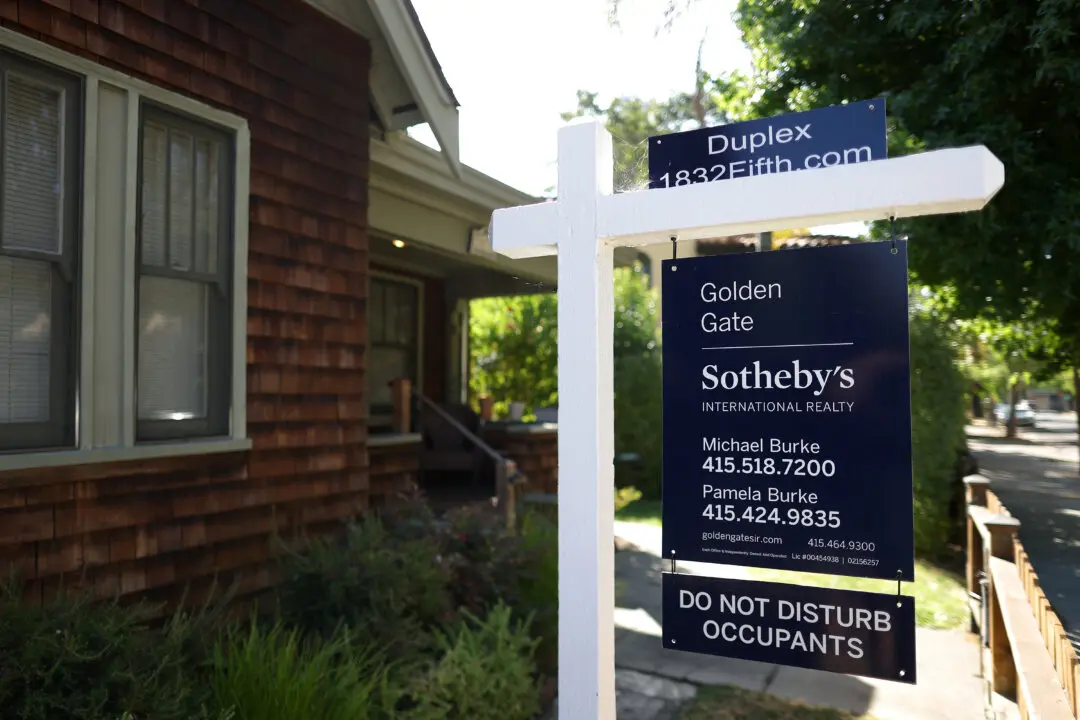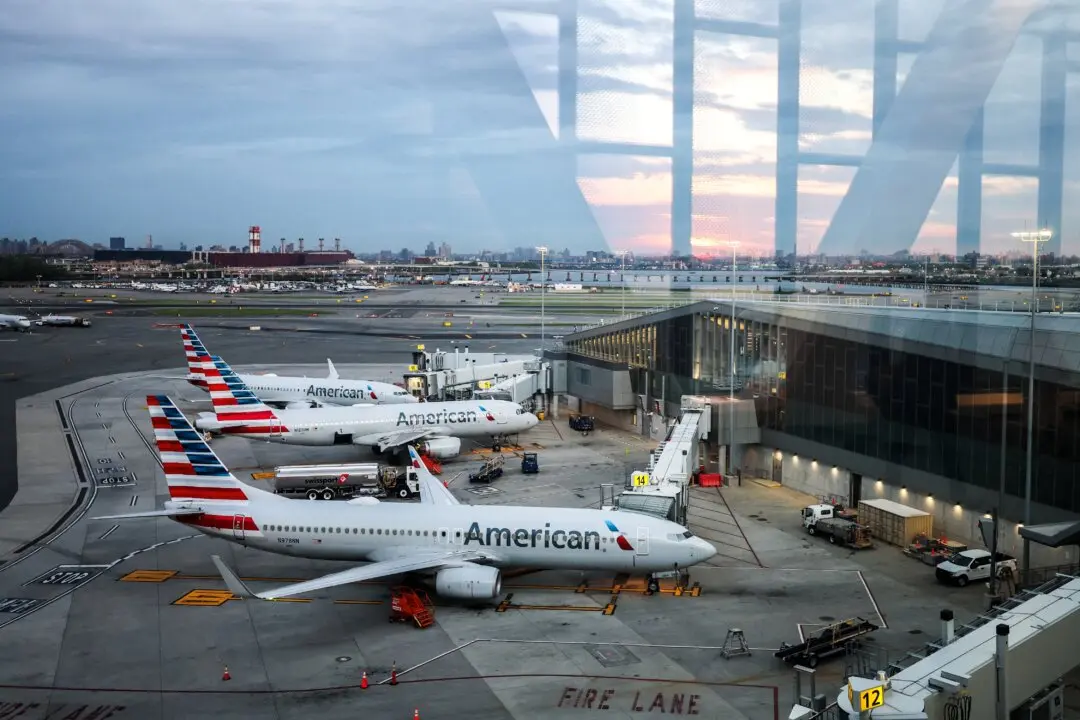While homeownership has always been the American dream, there are millions of families in the United States who believe home leasing is equally dreamy. In fact, the National Rental Home Council (NRHC) indicates that there are more single-family homes for rent—23 million—than there are apartment units, at 20 million.
Recent statistics from the nonprofit, which represents the interests of the single-family rental industry, show a total of 140 million housing units throughout the nation, of which 100 million are single-family homes. The remainder include apartments, condos, co-ops, or multi-family homes.





